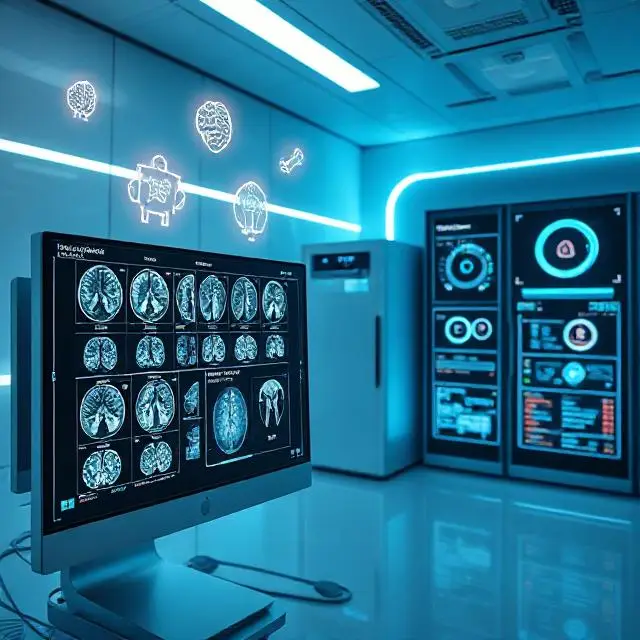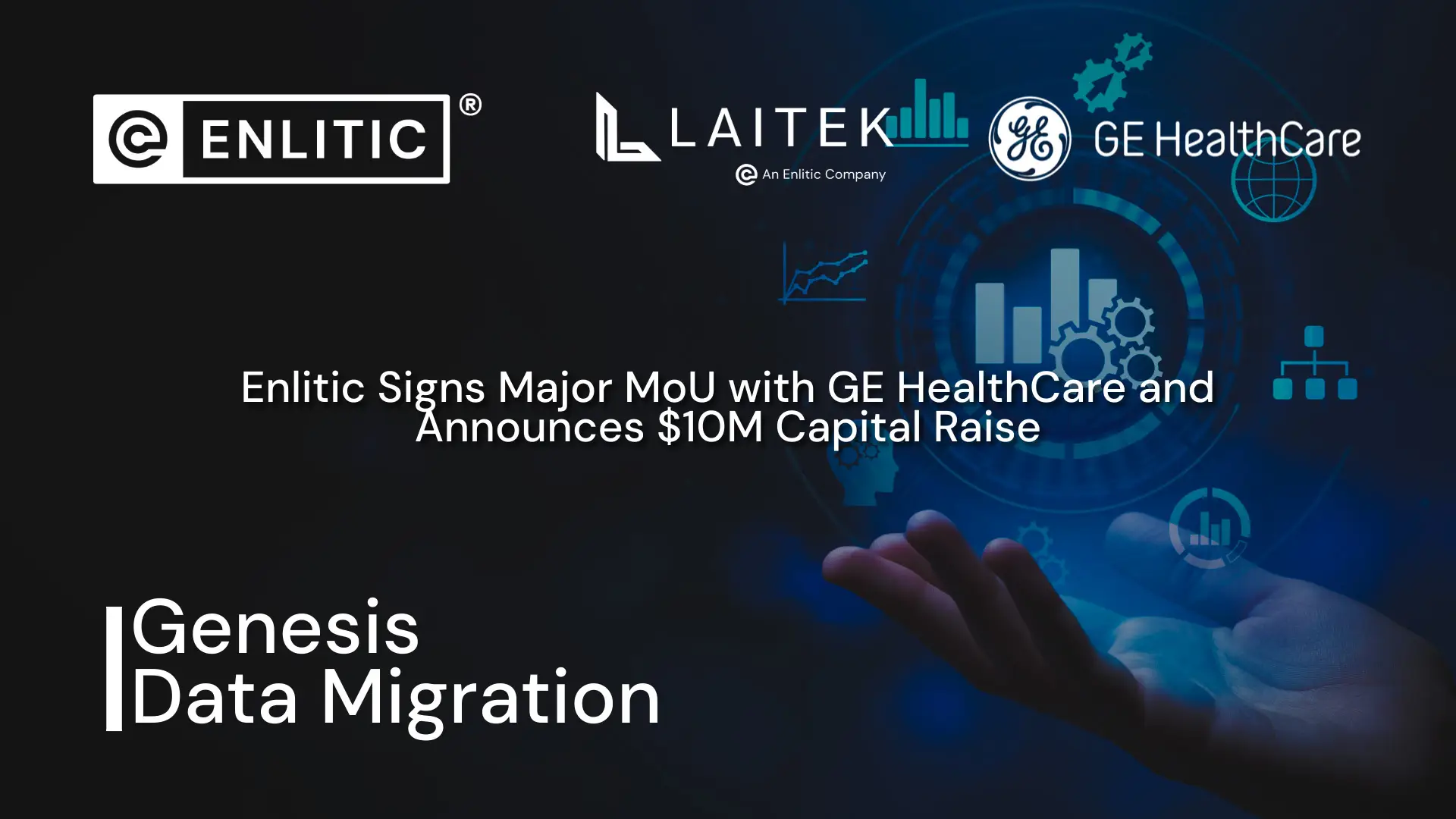Medical imaging is a cornerstone of modern healthcare, providing critical insights that guide diagnosis and treatment decisions. However, many healthcare organizations are not realizing the full potential of their vast stores of imaging data. By focusing on data quality and optimizing workflows, providers can unlock tremendous value from their medical imaging archives. Let’s explore how improving these key areas can empower healthcare organizations to leverage their imaging data for better patient care, operational efficiency, and clinical research.
The Foundation: High-Quality Imaging Data
The value of any data-driven initiative rests on the quality of the underlying information. For medical imaging, this means ensuring data is correct, complete, and consistently labeled. Poor data quality can lead to inefficient workflows, manual interventions, and even patient safety risks. Some common data quality issues in medical imaging include:
– Incorrect information (e.g. wrong body part listed, laterality conflicts)
– Incomplete studies missing key details
– Inconsistent labeling and naming conventions across systems
– Spelling and formatting errors
Addressing these issues through rigorous data quality management is essential for healthcare providers looking to maximize the value of their imaging data. High-quality data enables:
– More accurate diagnoses and treatment planning
– Efficient retrieval of relevant prior studies
– Effective data aggregation for research and analytics
– Streamlined workflows with less manual intervention
Optimizing Imaging Workflows
Even with pristine data quality, inefficient workflows can hamper an organization’s ability to derive value from medical imaging. Optimizing end-to-end imaging workflows – from ordering to acquisition to reporting – removes bottlenecks and allows providers to work more effectively. Key areas for workflow improvement include:
– Standardizing imaging protocols and naming conventions
– Automating routine tasks like study routing and prefetching
– Implementing intelligent worklists to optimize radiologist reading efficiency
By refining these processes, healthcare organizations can:
– Reduce turnaround times for imaging studies
– Improve radiologist productivity and satisfaction
– Decrease errors and inconsistencies
– Enable smoother collaboration across the care team
Realizing the Value: Use Cases Empowered by Quality Data and Optimized Workflows
When built on a foundation of high-quality data and efficient workflows, medical imaging can drive value across multiple domains:
Clinical Care: Radiologists can provide faster reads to referring physicians. Care teams have instant access to a patient’s complete imaging history for more informed decision-making.
Operational Efficiency: Administrators gain visibility into department performance metrics and can identify areas for improvement. Resource utilization is optimized through intelligent scheduling and load balancing.
Research and Innovation: Clean, well-organized imaging data powers clinical trials, AI development, and population health initiatives. Researchers can easily identify and aggregate relevant studies.
Strategic Planning: Leaders can leverage imaging data analytics to guide investments in new services lines or equipment purchases based on patient needs and utilization trends.
The Path Forward: Investing in Data Quality and Workflow Optimization
For healthcare providers looking to unlock the full potential of their medical imaging data, focusing on quality and workflow improvements is essential. This requires a multi-faceted approach:
- Implement robust data governance policies and procedures
- Leverage technology solutions for automated data cleansing and standardization
- Provide ongoing staff education on data quality best practices
- Continuously monitor key quality metrics and address issues promptly
- Map and optimize end-to-end imaging workflows
- Invest in workflow automation and AI-powered tools to augment human capabilities
By making these investments, healthcare organizations can transform their medical imaging data from an underutilized asset into a powerful driver of clinical, operational, and strategic value. The result is better patient care, improved efficiency, and a strong foundation for future innovation.








